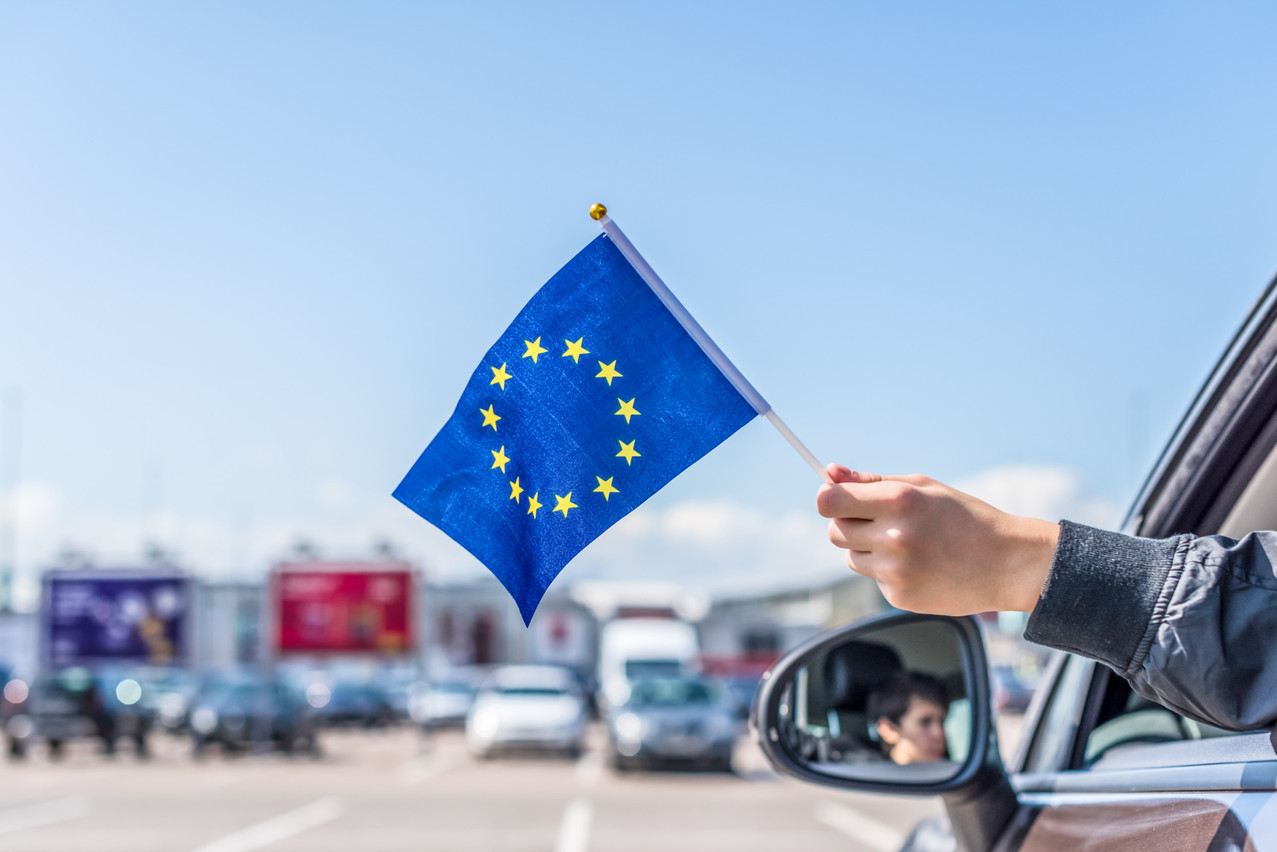MEPs have secured the introduction of new requirements targeting drivers, with the ambition of improving road safety in Europe by 2030. To achieve this, the European Union (EU) wants to better prepare drivers for real-life situations that may arise on the road. Back in March 2023, the European Commission proposed revising the current licensing directive to modernise the rules and improve road safety.
Today, member states’ practices on driving licences still differ, such as when it comes to form or issuing procedure. The new proposal seeks to achieve greater harmonisation of these elements. Here are the main new features to be aware of.
The digital driving licence, available on smartphones, should become the main format, according to the new rules. To achieve this, an EU-wide digital wallet will have to be put in place, and member states will have five and a half years after the text comes into force to implement it. The option for a driver to apply for a physical licence is still valid.
For young drivers, a probationary period of at least two years will be introduced. This is already the case in Luxembourg, while in France, for example, the period is three years. Young drivers will be subject to stricter rules, particularly if they drive under the influence of alcohol or without wearing a seatbelt.
With regard to using alcohol or drugs at the wheel, MEPs encourage member states to adopt a zero-tolerance policy for all drivers across the EU.
For professional licences, in particular for driving heavy goods vehicles (HGV) or buses, the minimum age for obtaining a licence will be lowered to 18 (from 21 at present) and to 21 for buses (from 24 at present), provided that they hold a certificate of professional competence. This rule has been adopted in response to a shortage of professional drivers in the EU. Some member states will even be able to authorise 17-year-olds to drive lorries and vans, provided they are accompanied by a more experienced driver.
An important new feature: the negotiators have decided that the driving licence will be valid for 15 years for cars and motorbikes, until the age of 70, and will then be renewed every five years with a medical check. Licences for HGVs and buses will have to be renewed every five years. Drivers over the age of 65 could see the validity of their licence shortened. At present, in Luxembourg, “it is valid for ten years up to the age of 70. From the age of 70, it is extended for five years, and from the age of 80, it is extended for two years. From the age of 60, a medical certificate less than three months old must be attached to the request for extension. This document, issued by a doctor, certifies that the person is fit to drive,” says Lalux on its website.
Finally, with regard to the mutual recognition of licences in the EU, practices currently differ. The proposal also aims to increase harmonisation on this point. There is extensive case law from the Court of Justice of the European Union (CJEU) on the principle of mutual recognition of driving licences, as set out in article 2 of the current directive. It states that a member state that is obliged to recognise a licence issued by another member state does not have the right to check whether the conditions necessary for issuing that licence have been met. However, several member states, including Germany, have raised issues relating to permits issued in breach of the current directive. In some cases, the CJEU has recognised the right of a member state to refuse to recognise a driving licence if it is shown that the directive has been circumvented. The new proposal to revise the directive aims to continue to facilitate free movement, in particular by introducing a digital driving licence, which would be fully equivalent to the physical licence. This suggests that the principle of mutual recognition would also apply to the digital format.
The European Parliament and member states still have to formally approve the agreement.
This article was originally published in .
